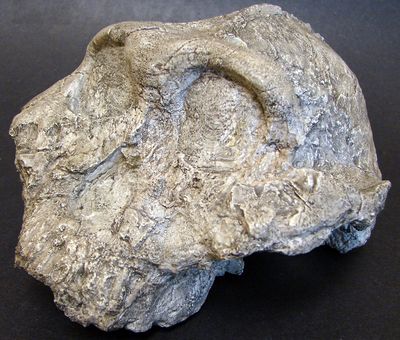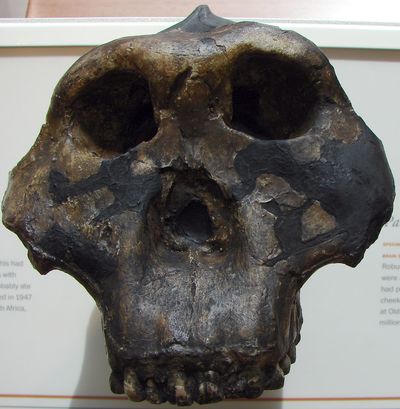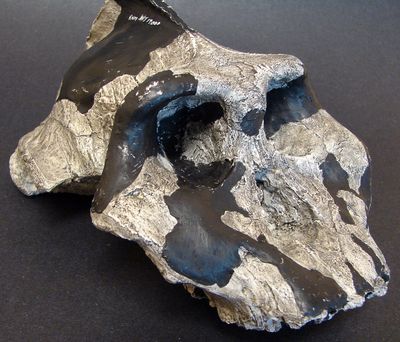
Paranthropus/Australopithecus boisei (KNM-ER 406)
(Dept of Anthropology, UCSD)
|
Go to Essential Fossils index. Go to site main page. Open Fossils Glossary, Charts. |
Content created 2010-10-05 File last modified: Go back to Au. africanus. Go ahead to H. habilis. |
What were formerly called "robust Australopithecines" are now generally classed into their own genus: Paranthropus. The following three are the most often mentioned.



